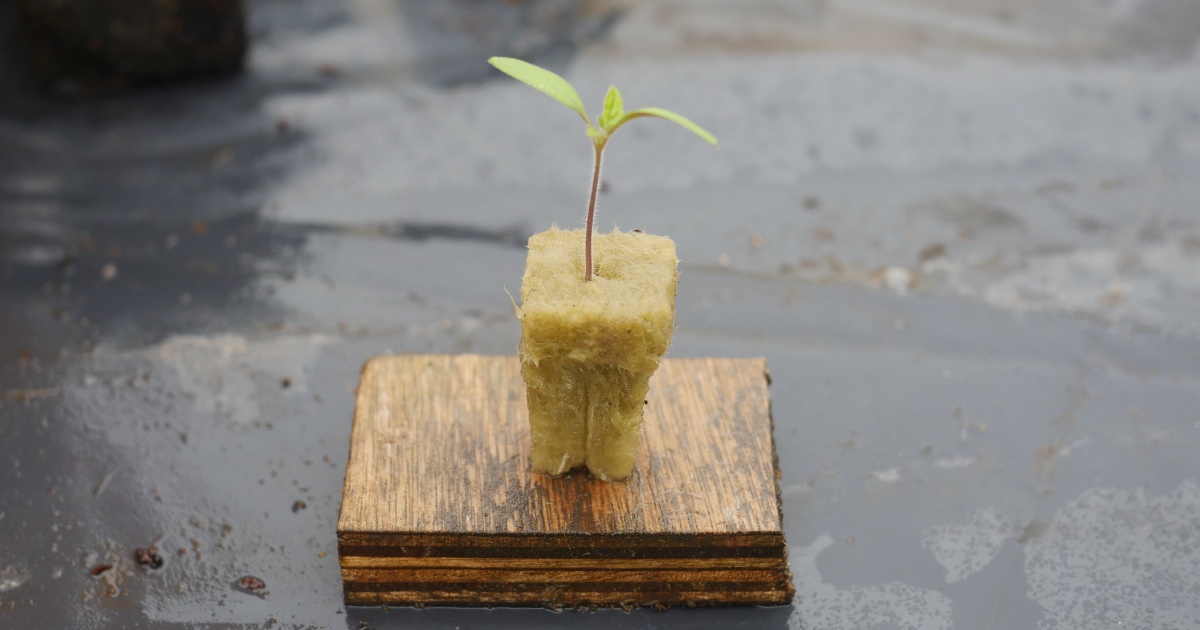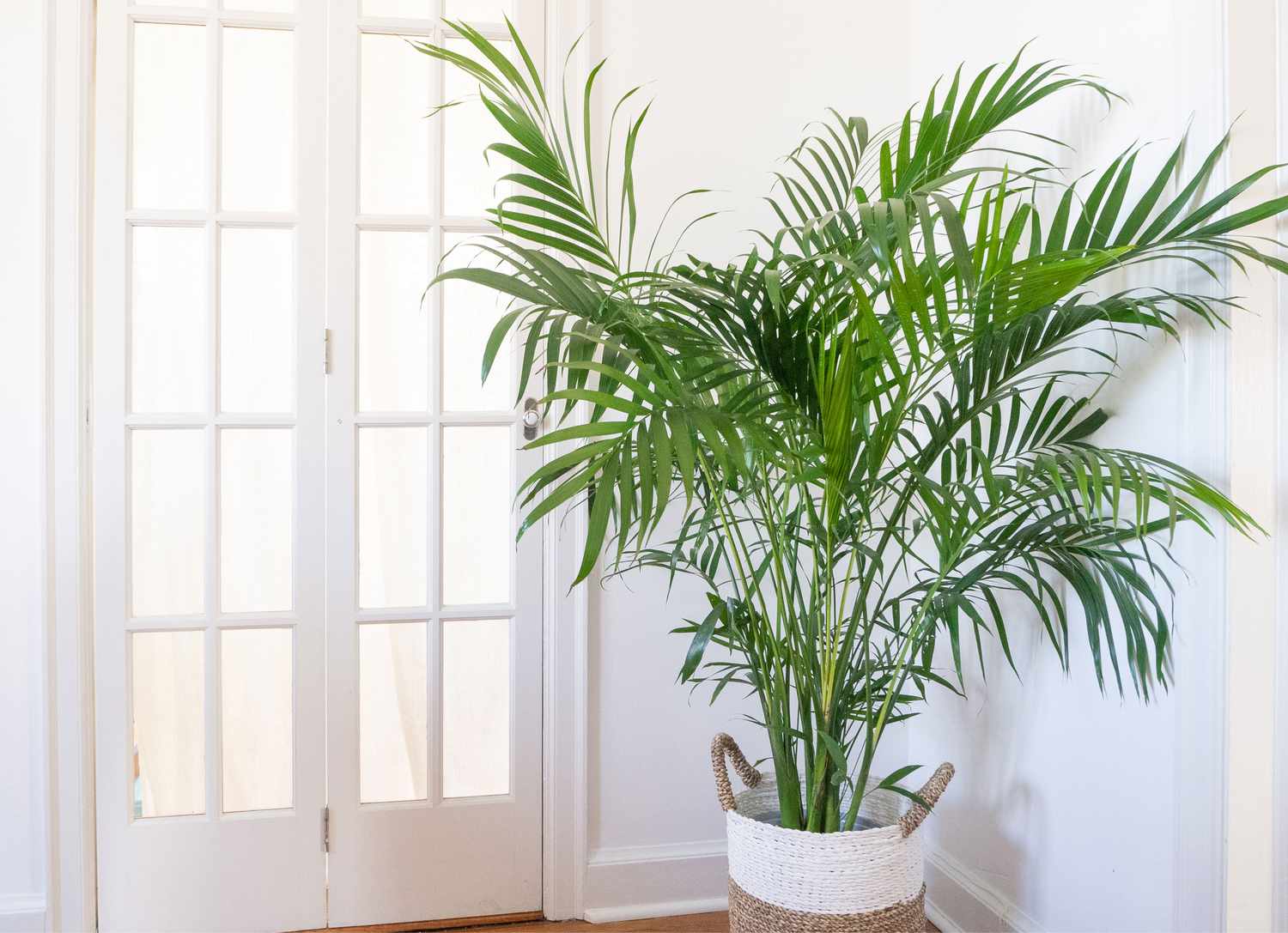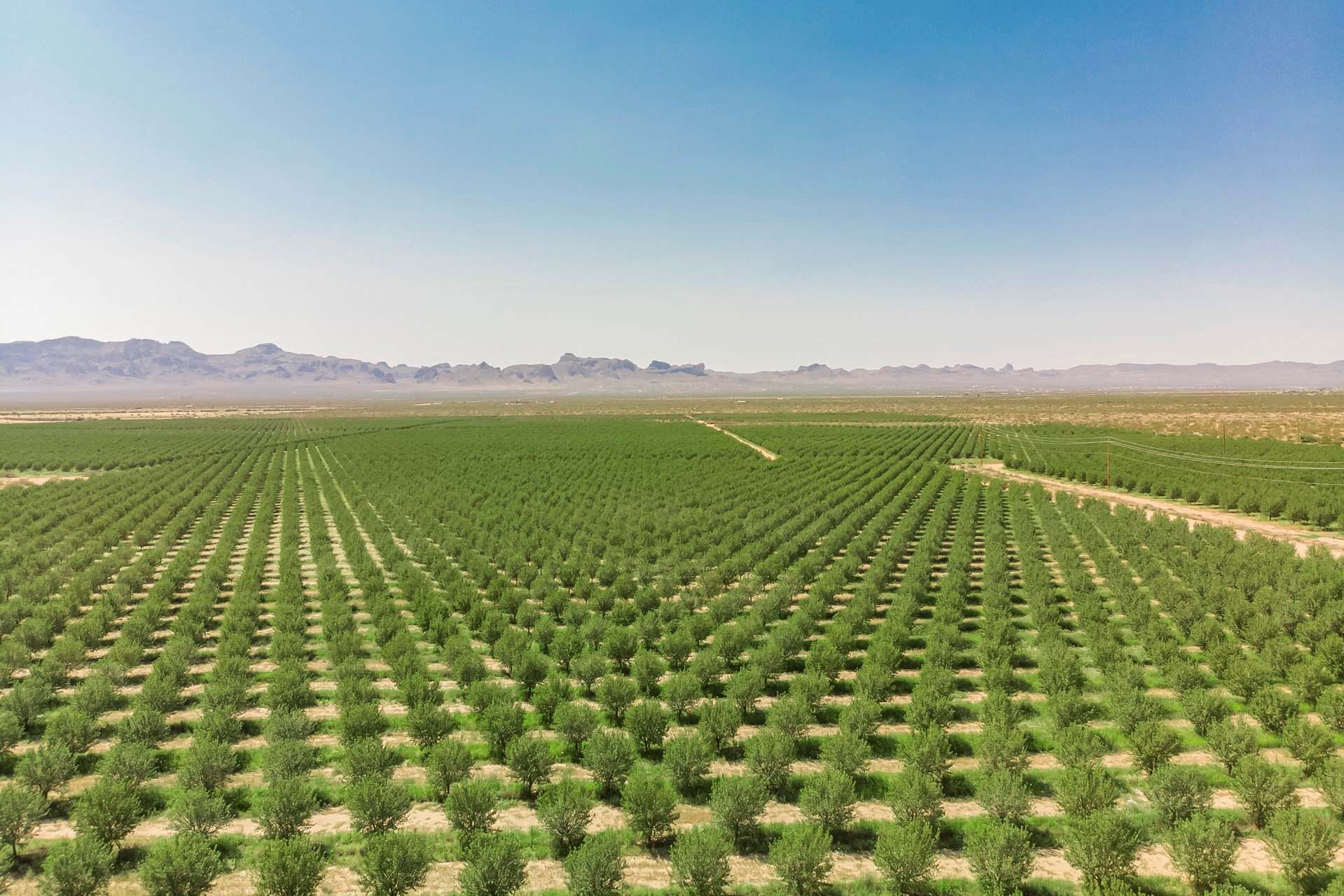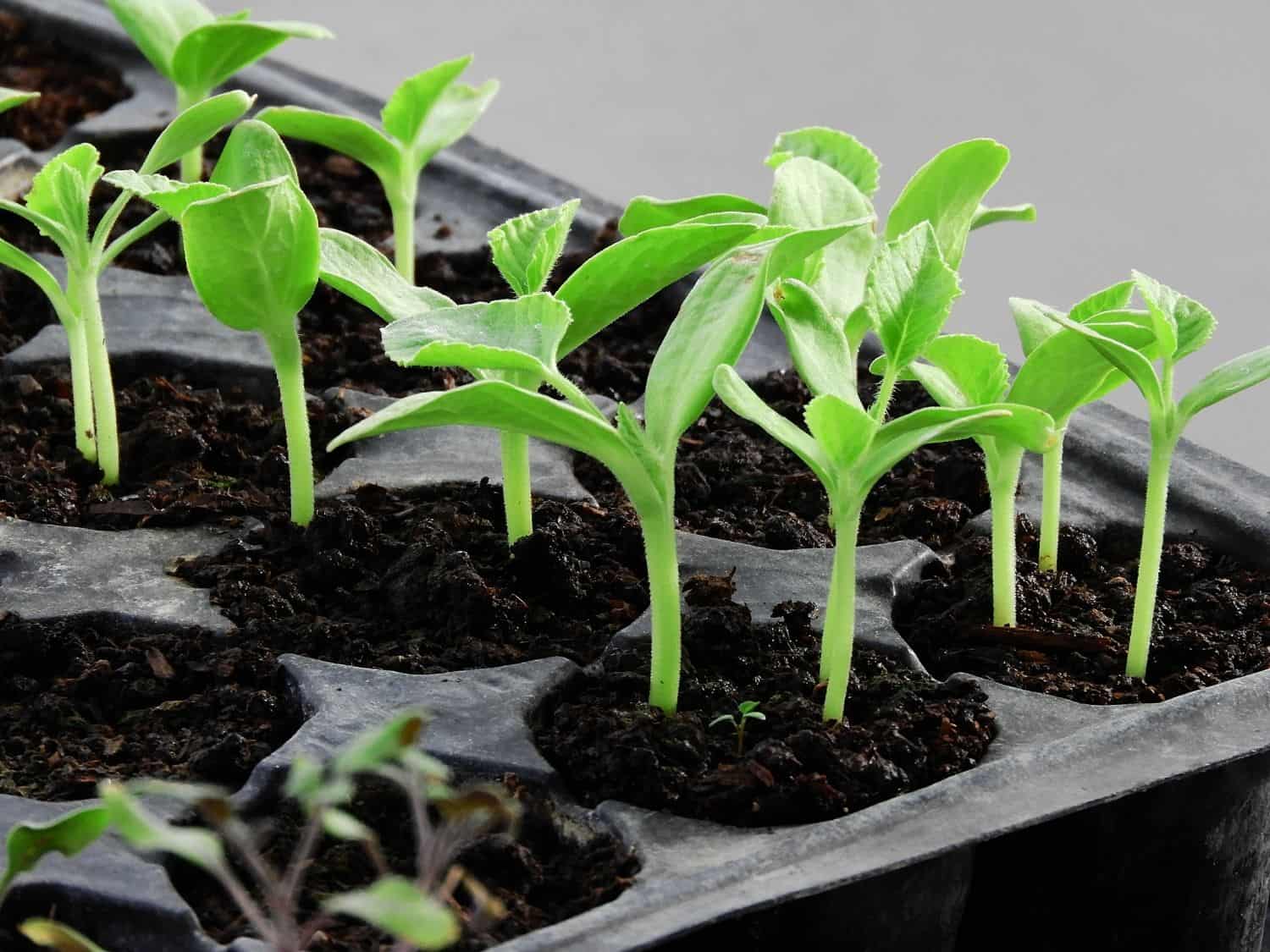Home>Types of Gardening>Ornamental Gardening>How To Care For Succulents In Az


Ornamental Gardening
How To Care For Succulents In Az
Modified: January 22, 2024
Learn how to care for succulents in the Arizona climate with our expert tips and advice. Perfect for ornamental gardening enthusiasts looking to keep their plants thriving in the desert.
(Many of the links in this article redirect to a specific reviewed product. Your purchase of these products through affiliate links helps to generate commission for Chicagolandgardening.com, at no extra cost. Learn more)
Table of Contents
Introduction
Welcome to the vibrant world of succulents, where nature's artistry meets low-maintenance gardening. Succulents are renowned for their striking beauty and remarkable resilience, making them an ideal choice for ornamental gardening enthusiasts in Arizona. In this guide, we will delve into the art of caring for succulents in the unique climate of Arizona, offering valuable insights and practical tips to ensure the thriving health of these captivating plants.
Succulents have captivated the hearts of gardeners and interior decorators alike with their diverse shapes, colors, and textures. From the iconic aloe vera to the charming echeveria, these plants have earned their place as versatile and visually stunning additions to any garden or living space. Their ability to store water in their fleshy leaves or stems enables them to withstand arid conditions, making them particularly well-suited for Arizona's desert climate.
As we embark on this horticultural journey, we will explore the fundamental aspects of succulent care, including selecting the most suitable varieties for Arizona's climate, mastering the art of watering in a dry environment, optimizing sunlight exposure, and fortifying the plants against potential pests and diseases. Additionally, we will uncover the secrets of succulent propagation, empowering you to expand your collection and share the beauty of these resilient plants with fellow gardening enthusiasts.
Whether you are a seasoned gardener or a novice plant enthusiast, this guide will equip you with the knowledge and confidence to cultivate thriving succulents in Arizona. So, roll up your sleeves, grab your gardening tools, and let's embark on an enriching journey into the enchanting realm of succulent care in the Grand Canyon State.
Understanding Succulents
Before delving into the intricacies of caring for succulents in Arizona, it is essential to grasp the unique characteristics that define these captivating plants. Succulents belong to a diverse group of species that have evolved to thrive in arid and semi-arid regions, characterized by limited rainfall and high temperatures. What sets succulents apart is their remarkable ability to store water in their leaves, stems, or roots, enabling them to endure prolonged periods of drought.
One of the most fascinating features of succulents is their diverse range of shapes, sizes, and textures. From the spiky allure of agave plants to the delicate rosettes of echeverias, these plants offer an unparalleled aesthetic variety. Their striking appearance, coupled with their low-maintenance nature, has made succulents a beloved choice for both indoor and outdoor gardens.
Furthermore, succulents exhibit a fascinating array of adaptive strategies that enable them to thrive in harsh environments. These plants have developed specialized tissues and structures, such as waxy coatings and ribbed surfaces, to minimize water loss through evaporation. Additionally, their shallow root systems allow them to quickly absorb water from sporadic rainfall or irrigation, further enhancing their resilience in arid climates.
Understanding the intrinsic qualities of succulents is pivotal in cultivating a thriving garden in Arizona. By appreciating their natural adaptations and diverse characteristics, gardeners can tailor their care techniques to ensure the optimal health and vitality of these remarkable plants. With this foundational knowledge in mind, let us embark on a journey to select the most suitable succulents for Arizona's unique climate and create an environment where they can flourish.
Choosing the Right Succulents for Arizona
When selecting succulents for your Arizona garden, it is crucial to choose varieties that are well-adapted to the state’s arid climate and intense sunlight. Fortunately, the diverse world of succulents offers an array of species that thrive in such conditions, providing ample options for creating a stunning and resilient garden.
One of the primary considerations when choosing succulents for Arizona is their ability to withstand high temperatures and limited water availability. Species such as agave, yucca, and cacti are well-suited for the desert climate, thriving in the intense heat and requiring minimal watering. These plants not only add a striking visual element to the landscape but also contribute to the overall sustainability of the garden, requiring little intervention to thrive.
For gardeners seeking a softer aesthetic, various species of echeveria, sedum, and aeonium are excellent choices for Arizona’s climate. These rosette-forming succulents exhibit stunning color variations and textures, adding a touch of elegance to gardens and container arrangements. Their water-storing capabilities and adaptability to arid environments make them well-equipped to thrive in the dry heat of Arizona.
When incorporating succulents into your Arizona garden, consider the microclimates within your landscape. South-facing slopes and areas with minimal shade may experience more intense heat and sunlight, requiring species that are particularly resilient to these conditions. Conversely, shaded areas or spots with slightly higher moisture levels may accommodate a broader range of succulent varieties.
By carefully selecting succulents that are naturally suited to Arizona’s climate and microclimates, you can establish a garden that not only survives but thrives in the state’s unique environmental conditions. These resilient and visually captivating plants have the potential to transform your outdoor space into a sustainable oasis, showcasing the beauty and adaptability of succulents in Arizona’s arid landscape.
Watering Succulents in Arizona
Watering succulents in Arizona presents a unique set of challenges due to the state’s arid climate and low precipitation levels. To ensure the health and vitality of these resilient plants, it is essential to adopt a mindful and strategic approach to watering, taking into account the environmental conditions and the specific water requirements of different succulent species.
One of the fundamental principles of succulent care in Arizona is to prioritize water conservation while meeting the plants’ hydration needs. Overwatering can be detrimental to succulents, leading to root rot and other moisture-related issues, especially in the dry climate of Arizona. As such, it is crucial to adhere to a watering schedule that allows the soil to dry out between waterings, mimicking the natural drought cycles that these plants have adapted to thrive in.
When watering succulents in Arizona, it is advisable to utilize the “soak and dry” method, wherein the soil is thoroughly saturated during watering sessions, allowing excess water to drain freely from the pots or planting beds. This approach encourages the development of robust root systems as the plants seek out moisture in the well-draining soil. Additionally, using containers with drainage holes and porous, well-draining soil mixtures aids in preventing waterlogged conditions that can compromise the health of succulents.
Given the intense heat and dryness of Arizona’s climate, it is essential to be mindful of the water needs of different succulent species. While some varieties, such as agave and cacti, are highly drought-tolerant and require minimal watering, others, like certain types of echeveria and sedum, may benefit from slightly more frequent watering, especially during the hotter months. Observing the individual responses of succulents to watering and adjusting the frequency based on seasonal changes and plant behavior is key to maintaining their well-being.
Moreover, incorporating mulch around succulents can help conserve soil moisture and regulate temperature fluctuations, contributing to a more stable and hospitable environment for these plants. Mulching also aids in minimizing evaporation and protecting the soil from excessive dryness, particularly during Arizona’s scorching summers.
By embracing a mindful and adaptive approach to watering, gardeners can cultivate thriving succulents in Arizona, harnessing the beauty and resilience of these plants while conserving water and harmonizing with the state’s unique environmental dynamics.
Sunlight and Temperature Requirements
Understanding the sunlight and temperature requirements of succulents is paramount to their successful cultivation in Arizona’s desert climate. These resilient plants have evolved to thrive in environments characterized by abundant sunlight and fluctuating temperature extremes, making them well-suited for the arid conditions of the state.
When situating succulents in Arizona, it is essential to consider their sunlight preferences. Most succulent species thrive in full sun, requiring a minimum of six hours of direct sunlight per day to maintain their vibrant colors and compact growth habits. Placing succulents in south or west-facing locations can provide them with the intense sunlight they crave, ensuring optimal photosynthetic activity and robust development.
While succulents are renowned for their sun-loving nature, it is crucial to acclimate newly acquired plants to direct sunlight gradually, especially if they were previously grown in shaded conditions. This gradual transition helps prevent sunburn and leaf damage, allowing the plants to adjust to the intense Arizona sunlight without stress.
Arizona’s climate is characterized by significant temperature differentials, with scorching daytime heat often followed by cool desert nights. Succulents have adapted to thrive in such conditions, displaying remarkable resilience to temperature fluctuations. However, it is essential to consider their cold tolerance, particularly during Arizona’s occasional frost events in winter.
Protecting succulents from extreme cold is crucial to their survival in Arizona. When frost is forecasted, providing temporary shelter or relocating potted succulents to more sheltered areas can safeguard them from potential damage. Additionally, using frost cloth or protective coverings can shield succulents planted in the ground, minimizing the impact of freezing temperatures on their delicate tissues.
By aligning with the sunlight and temperature requirements of succulents, gardeners in Arizona can create an environment that promotes the optimal growth and resilience of these captivating plants. Embracing the natural rhythms of the desert climate and harnessing the sun’s energy, succulent enthusiasts can cultivate thriving and visually stunning gardens that celebrate the beauty of arid-adapted flora.
Soil and Potting
The selection of appropriate soil and containers plays a pivotal role in the successful cultivation of succulents in Arizona’s arid climate. Providing well-draining soil and suitable pots is essential to creating an environment where these resilient plants can thrive and exhibit their full splendor.
When preparing soil for succulents in Arizona, it is imperative to prioritize excellent drainage to prevent waterlogged conditions that can compromise the plants’ health. Utilizing a specialized succulent or cacti potting mix, which typically consists of porous materials such as sand, perlite, and gritty soil, facilitates optimal drainage and aeration. This well-draining soil structure mimics the native habitats of succulents, allowing excess water to percolate through the soil, preventing root rot and other moisture-related issues.
Choosing the right containers for succulents is equally important, as it directly impacts the moisture levels and overall health of the plants. Porous containers, such as terracotta pots, allow for air circulation and moisture evaporation, contributing to a balanced root environment. Additionally, containers with drainage holes are essential to facilitate the expulsion of excess water, preventing the accumulation of moisture at the root zone.
For gardeners in Arizona, where intense sunlight and high temperatures are the norm, selecting light-colored pots can help mitigate the risk of overheating the roots of succulents. Light-colored containers reflect sunlight and reduce heat absorption, creating a more hospitable microclimate for the plants within the pots.
Furthermore, incorporating organic matter, such as compost or well-decomposed organic material, into the soil mixture can enhance its nutrient content and water retention capacity, providing a balanced substrate for succulents to thrive. While succulents are renowned for their ability to withstand arid conditions, they still benefit from a nutrient-rich growing medium that supports their growth and vitality.
By prioritizing well-draining soil mixes, suitable containers, and balanced soil composition, gardeners in Arizona can create an optimal growing environment for succulents, fostering their resilience and aesthetic appeal. Embracing these foundational aspects of soil and potting sets the stage for cultivating thriving succulent gardens that harmonize with the unique climatic dynamics of the Grand Canyon State.
Pests and Diseases
While succulents are renowned for their resilience, they are not impervious to pests and diseases, particularly in the unique climate of Arizona. Understanding the potential threats and implementing proactive measures is essential to safeguarding these captivating plants and preserving their health and vitality.
One of the most common pests that succulents may encounter in Arizona is the spider mite, especially during the hot and dry seasons. These minuscule arachnids can cause stippling and webbing on succulent leaves, compromising their aesthetics and overall well-being. Regularly inspecting the foliage for signs of infestation and promptly addressing any spider mite presence is crucial in preventing widespread damage.
Fungal diseases, such as powdery mildew and root rot, can pose significant challenges to succulents, particularly in environments with fluctuating humidity levels. Powdery mildew manifests as a white, powdery growth on the leaves, while root rot can lead to wilting and discoloration of the plant’s lower portions. Mitigating these diseases involves promoting air circulation around the plants, avoiding overwatering, and promptly removing affected foliage to prevent the spread of pathogens.
Additionally, mealybugs, scale insects, and aphids are potential pests that can affect succulents in Arizona. These sap-sucking insects can weaken the plants and create stress, making them more susceptible to other environmental challenges. Implementing natural pest control methods, such as introducing beneficial insects or using horticultural oils, can help manage these pests while minimizing the use of chemical interventions.
To fortify succulents against potential pest and disease pressures, maintaining optimal growing conditions is paramount. Providing adequate sunlight, well-draining soil, and appropriate spacing between plants promotes vigorous growth and resilience, reducing the susceptibility to infestations and diseases. Furthermore, practicing good sanitation by removing fallen leaves and debris from around the plants minimizes potential habitats for pests and pathogens.
By staying vigilant and proactive in addressing potential pest and disease issues, gardeners can create a thriving and visually stunning succulent garden in Arizona. Embracing preventive strategies and promptly addressing any signs of infestation or disease fosters a harmonious and resilient environment for succulents to flourish in the arid landscape of the Grand Canyon State.
Propagation
Propagating succulents offers an enriching opportunity for gardeners in Arizona to expand their collection, share the beauty of these resilient plants, and nurture new generations of succulents. Whether through seeds, offsets, leaf cuttings, or stem cuttings, the propagation process allows enthusiasts to witness the remarkable resilience and adaptability of these captivating plants.
One of the most accessible methods of succulent propagation is through offsets, also known as “pups” or “chicks,” which are miniature plantlets that develop alongside the parent plant. These offsets can be carefully removed and replanted, establishing independent succulents that inherit the characteristics of the parent plant. This method is commonly observed in species such as agave and sempervivum, offering a straightforward means of expanding a succulent collection.
Leaf cuttings present another popular avenue for propagating succulents, allowing gardeners to harness the plants’ natural ability to generate new growth from individual leaves. By carefully removing healthy leaves and allowing them to callus before placing them on well-draining soil, enthusiasts can observe the development of new plants from these leaf cuttings. This method is particularly effective for species such as echeveria and crassula, showcasing the regenerative potential of succulents.
Stem cuttings provide an additional approach to succulent propagation, enabling gardeners to cultivate new plants from healthy stem segments. After allowing the cut ends to callus, the stem cuttings are placed in a suitable growing medium, where they develop roots and eventually establish themselves as independent succulents. This method is commonly employed for species such as aeonium and sedum, offering a versatile means of expanding a succulent garden.
Seeds present a more advanced yet rewarding method of succulent propagation, allowing enthusiasts to witness the complete lifecycle of these plants, from germination to maturity. While the process of growing succulents from seeds requires patience and attention to detail, it offers a profound understanding of the plants’ growth patterns and genetic diversity. This method is particularly valuable for hybridizing new succulent varieties and exploring the vast array of genetic traits present in succulent species.
By embracing the art of succulent propagation, gardeners in Arizona can cultivate an ever-expanding array of these captivating plants, fostering a deeper connection with their unique characteristics and growth patterns. Propagation not only enriches the gardening experience but also serves as a means of sharing the beauty and resilience of succulents with fellow enthusiasts, perpetuating the enchanting allure of these plants in the desert landscape.
Conclusion
As we conclude our exploration of caring for succulents in Arizona, we are reminded of the remarkable resilience and captivating beauty of these plants in the arid landscape of the Grand Canyon State. Succulents, with their diverse shapes, colors, and adaptive strategies, have carved a place of prominence in ornamental gardening, offering an enchanting blend of visual allure and low-maintenance appeal.
Throughout this guide, we have delved into the essential aspects of succulent care, from selecting the most suitable varieties for Arizona’s climate to mastering the art of watering, optimizing sunlight exposure, and fortifying the plants against potential pests and diseases. We have uncovered the secrets of succulent propagation, empowering enthusiasts to expand their collections and share the beauty of these resilient plants with others.
In the unique climate of Arizona, succulents stand as emblematic symbols of endurance and adaptability, thriving amidst intense heat, limited water availability, and temperature fluctuations. Their ability to store water in their fleshy tissues, coupled with their diverse array of growth habits and textures, makes them an ideal choice for both outdoor landscapes and indoor spaces, adding a touch of natural elegance to any environment.
As we tend to our succulent gardens in Arizona, we are called to embrace a mindful and adaptive approach, aligning with the plants’ natural rhythms and harnessing the unique dynamics of the desert climate. By prioritizing well-draining soil, suitable containers, and balanced watering practices, we create an environment where succulents can flourish, exhibiting their full splendor and resilience.
In the grand tapestry of Arizona’s horticultural landscape, succulents emerge as resilient protagonists, captivating our senses with their striking forms and enduring spirit. As we cultivate these remarkable plants, we not only enrich our surroundings with their natural allure but also deepen our appreciation for the intricate interplay between flora and environment.
So, as we continue our journey with succulents in Arizona, let us celebrate the enduring beauty and adaptability of these plants, embracing their presence as a testament to nature’s artistry and the indomitable spirit of life in the desert.








